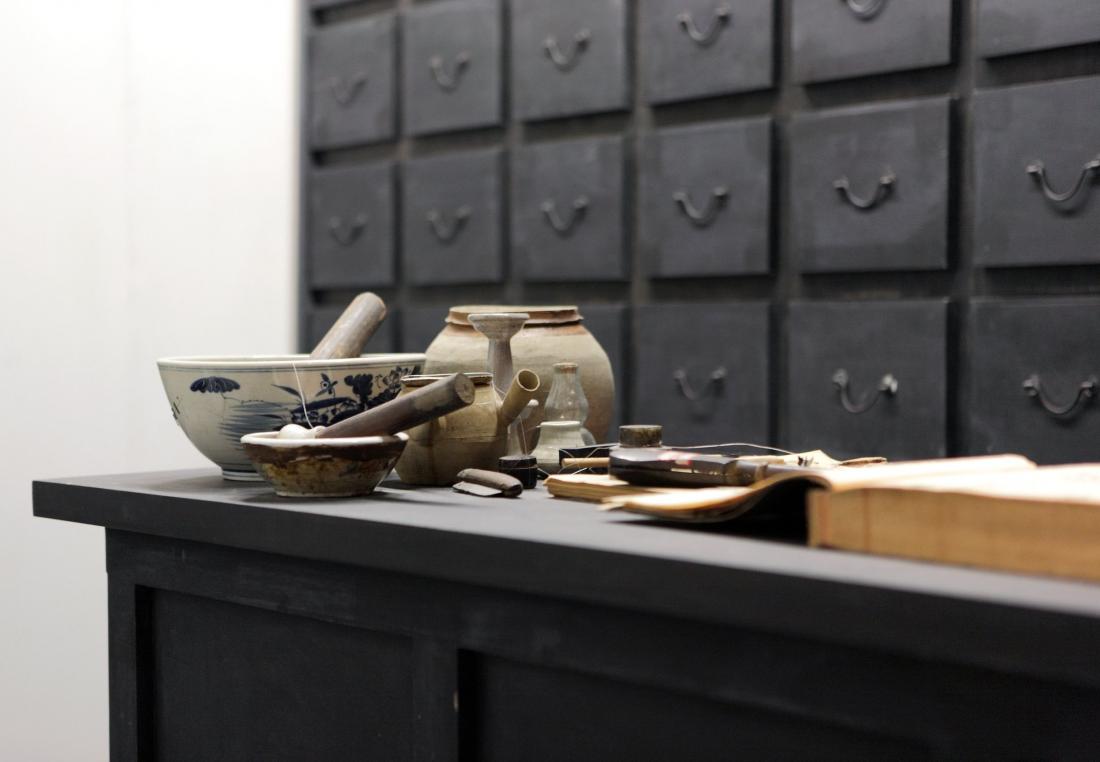Traditional Chinese medicines are widely used in East Asian countries to treat elderly patients and are even sometimes covered by national medical insurance in Japan.
A review of research has found varying evidence to support the use of 18 traditional Chinese medicine prescriptions and herbs for the treatment of older patients in Japan.
Traditional Chinese medicines (TCM) are widely used in East Asian countries to treat elderly patients and are even sometimes covered by national medical insurance in Japan. However, the 2005 Japan Geriatrics Society (JGS) guidelines for the treatment of the elderly did not address the use of traditional Chinese prescriptions based on the systematic review. Japanese researchers conducted a comprehensive, systematic research review and, together with a consultative body, graded the evidence on TCM use, and included their results in a separate chapter of the updated 2015 JGS guidelines.
Shin Takayama from Tohoku University Hospital and Koh Iwasaki from Ishinomaki-Ogatsu Municipal Clinic in Japan conducted a review of TCM-related literature published between 1972 and 2013. They used a grading system to rate each prescription used to treat geriatric patients based on the strength of the overall evidence of the effectiveness of these prescriptions, the generalizability of the research, and the consistency of the results.
Their review resulted in the production of a list that included 18 prescriptions and herbs with varying degrees of evidence to support their use.
They found, for example, moderate evidence to support the use of Yigan San, a concoction of seven ingredients including Uncariae Uncis and BupleuriRadix. It was originally described in the 16th century and is used to relieve behavioural and psychological symptoms in dementia.
Moderate evidence was also found to support the use of a prescription called Banxia Houpu Tang for improving swallowing and the cough reflex in patients with cerebrovascular disease, and also for preventing aspiration pneumonia. Banxia Houpu Tang is made of five different ingredients, including Pinelliae Tuber and Magnoliae Cortex.
They found high quality of evidence, on the other hand, to support the use of a prescription called Dajianzhong Tang for improving bowel movement after gastric surgery. This prescription is made of ginger, Japanese pepper tree fruit, ginseng and maltose.
The team compiled a report based on the literature review and presented it to a panel of 20 Japanese experts that convened over a three-year period to review and discuss the data.
The panel did not fully agree that the data was strong enough to be used in the updated 2015 JPS guidelines. However, their research results were included as a separate chapter on the use of traditional Chinese medicine for treating older patients. The chapter also included ten traditional Chinese medicine prescriptions and herbs that have well-known adverse side effects.
The results of the review were published in the journal Geriatrics Gerontology International.
Contact:
Shin Takayama
Department of Education and Support for Regional Medicine
Department of Kampo Medicine
Tohoku University Hospital
Email: [email protected]



